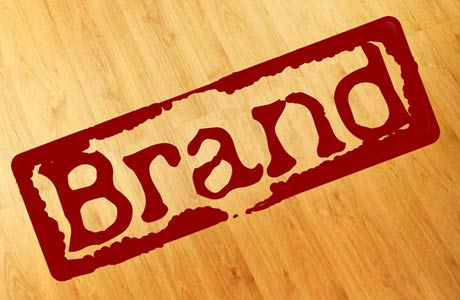 Lead generation for any business is expensive. Brand building even more so.
Lead generation for any business is expensive. Brand building even more so.
But when it comes to a choice between building a brand or getting more leads, always opt for leads, because they, in turn, will help you build your brand. How exactly?
By developing your reputation as “the go-to” place or person that consistently delivers excellence to new and repeat customers.
That way, you can build your brand on the experiences your customers have with your company based on their own perceptions.
An emotionally satisfying customer experience can be powerful, especially these days when service expectations are so low.
Nothing is more valuable to your business than a great impression that lasts beyond a single purchase or transaction. Remember that today’s exceptional service means customer loyalty and repeat business over time, and better yet, great word-of-mouth for your company.
The key, of course, is being able to deliver what you say you’ll deliver, when you say you’ll deliver it, whether it’s your product, service or some kind of positive result.
It also helps to start thinking in terms of the type of value you can deliver in exchange for the prices you charge.
-
Could it be value up-front or added value on the back-end?
-
Could it be value based strictly on service, delivery or another factor, such as innovation, design, packaging, a unique location or business model?
-
Can you leverage that value five or 10 times (either actual or perceived value) compared to what your prices are?
Setting up and planning your business this way can shift your priorities dramatically, and can save you a lot of time and expense for the up-front costs of branding that can waste a lot of your precious start-up resources.
Simply put, you can have a great logo, signs, business cards and website, but until you have a customer, you don’t have a business.
Start with a simple “type treatment” -- meaning your company name staged in a simple, or even unique font -- for your logo or brand identity, and start focusing on how you can add value to your customers’ experience.
Then, focus on a systemized, low-cost way to generate qualified leads that can be replicated.
This may mean setting aside your preconceived notions of advertising that “looks good” and generates a response, or considering online or social media channels of lead generation versus conventional or off-line methods.
It could also mean creating some informational or educational "white papers," case studies or brochures that focus less on the products or services you have and more on what those products or services can do for your customers.
Your focus on these two areas will not only save you money upfront and set you up for ever more profitable business down the road, but you’ll also be able to:
1. Develop an exceptional go-to reputation that will go further in building your brand than any expensive ad campaign could ever do.
2. Establish the basis for a referral-based business, because old-fashioned word-of-mouth is the least expensive and most effective advertising you could ever want for your business.
Can this approach work in any industry or category? If you don’t think that it can, you may just need to find some key points of difference you can offer that will immediately set you apart from the competition. Consider the following:
-- Are you in an industry that prides itself on complexity and customer indifference? Offer simple solutions and great service.
-- Are you in an industry that doesn’t offer a guarantee? Be the first to offer one.
-- Are you in a category known for pushy sales people and expensive add-ons or fees? Find ways to streamline delivery and hire the best, most personable sales people you can find.
No matter what you do, make it unique. You’ll not only effectively position your company against your competition, you’ll also successfully anchor it in your customer’s own mind. There’s no better branding strategy than that.
Better yet, you’ll reap the benefits of your campaign not with high scores in some focus group, but with profits you can literally take to the bank.
(Source: www.entrepreneur.com)